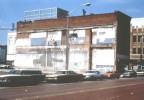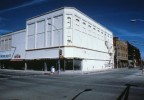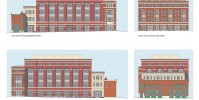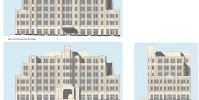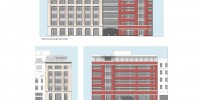David M. Schwarz Architects (DMSAS)'s Sundance Square project is a masterplan to revitalize 35 blocks of downtown Fort Worth, Texas.
 Sundance West under construction in the late 1980s. It was the first new residential building in downtown since WWII.
Image courtesy of DMSAS
Sundance West under construction in the late 1980s. It was the first new residential building in downtown since WWII.
Image courtesy of DMSAS
It is a pattern repeated across the country: after World War II and in parallel with the rise of the automobile, residents drifted from downtowns, moved to the suburbs, and began shopping at strip malls and big box stores. Real estate values plummeted in the abandoned city centers, and eventually historic buildings were demolished to make way for parking garages and surface lots. The downtown of Fort Worth, Texas, was no exception.
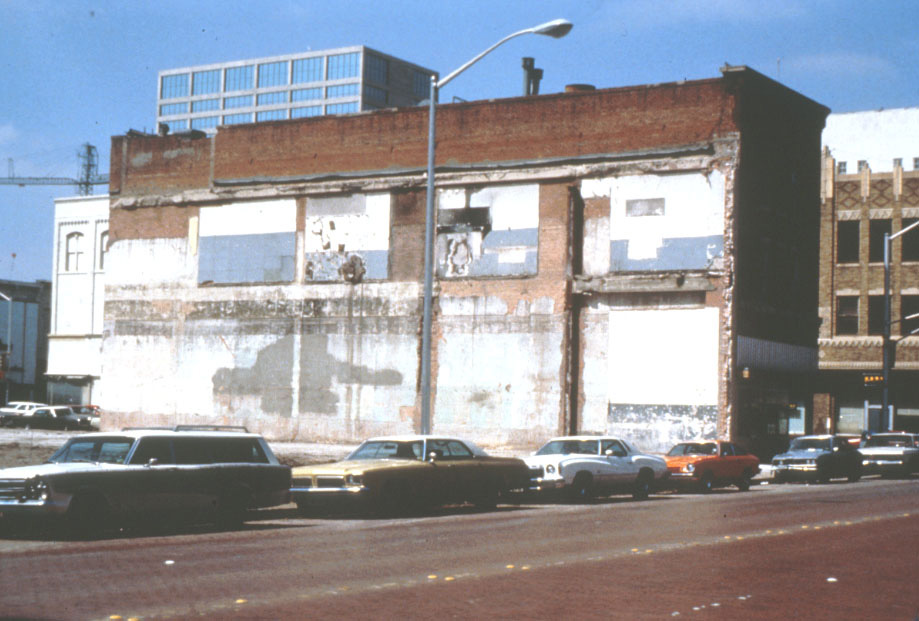
However, Fort Worth’s downtown has benefited from the foresight and financial backing of the Bass family, who made their fortune from oil. In 1988, they commissioned Washington, D.C.-based David M. Schwarz Architects (DMSAS) to create a masterplan for revitalizing the area, dubbed Sundance Square. For nearly 25 years, DMSAS has worked with the Bass family to bring several projects to fruition, including two major mixed-use developments, Sundance West (1991) and Sundance East (1993), as well as the Nancy Lee and Perry R. Bass Performance Hall (1998) and Chase Bank Building (2000).
The next phase of the Sundance Square project is underway and will revitalize a 35-block zone at the heart of Fort Worth’s downtown. DMSAS has designed three new mixed-use buildings and will rehabilitate several historic buildings. Two of the new buildings will bookend a public plaza, and construction has begun on this portion of the project, to be completed in 2013.
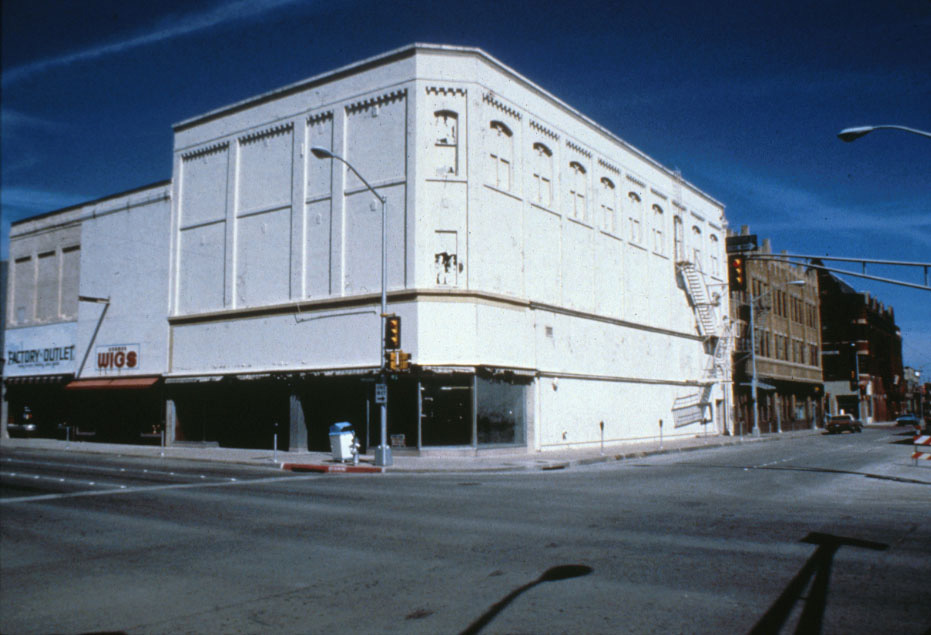
Bennett Benner and Pettit worked in conjunction with DMSAS on the buildings that frame the plaza. The Commerce Building on the east side of the plaza will offer 83,000 square feet of space for office and retail at the ground level. On the west side, The Westbrook will provide 93,000 square feet with a similar program. The monolithic structure will define a backdrop to the plaza and its stage, combining weighty granite, limestone, brick, and decorative aluminum, materials that evoke the original buildings that defined Fort Worth’s downtown. Construction will also soon begin on a third building a block from the plaza named The Cassidy, offering 99,000 square feet of mixed-use program including luxury residences.
The architects have intentionally differentiated the new buildings through material selection and architectural styles so that they appear to have been built in varying time periods. Gregory Hoss, Principal at DMSAS and the Project Manager for the Sundance Square project, explains that the buildings play different roles in relation to the plaza and their designs respond accordingly. For example, the architects were sensitive to the existing context when articulating the massing of the Commerce Building. It steps down at the edge to meet the height of the adjacent historic Land Title Building. Additionally, the Commerce Building’s facade will be articulated so it looks like three different structures, further breaking down the scale and blending it with the urban fabric.
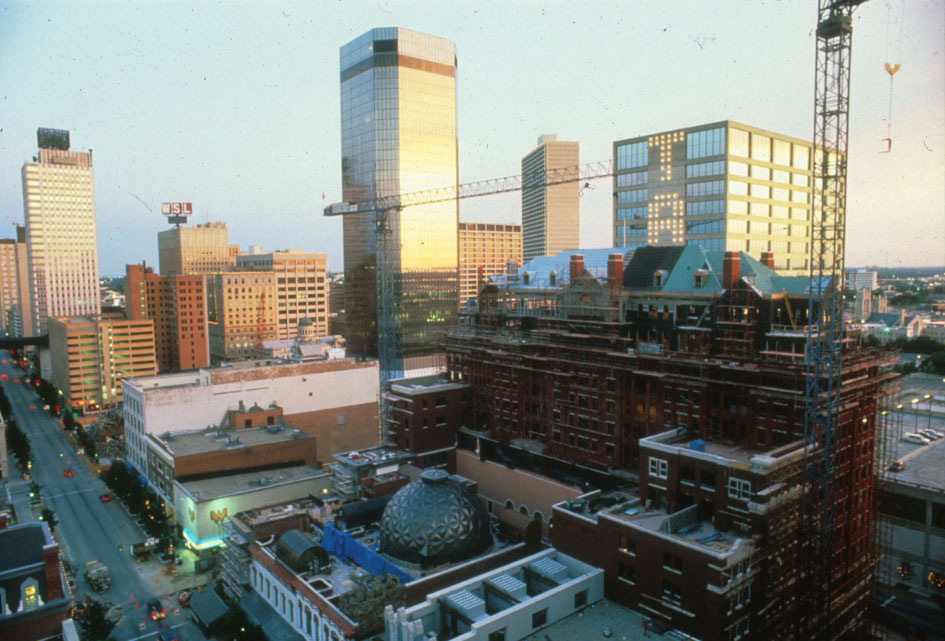

The design of the new plaza will be unveiled soon. For 20 years it has served as surface parking, but despite this designation it’s proved successful as an active public space, hosting the city’s Christmas tree, performances, art festivals, and boxing matches. Last year, ESPN even broadcasted from the lot during the Super Bowl. When construction is complete on the new design, the plaza will continue to host such events as well as additional programming, including providing a place for downtown workers to enjoy their lunch hour.
The only drawback to Fort Worth’s downtown thriving once again? “People complain that they can’t find parking,” shares Hoss, laughing, but says that DMSAS takes that as a compliment. He is also quick to point out that credit is due to their client, the Bass family. “They have very carefully and thoughtfully built building after building based on the original masterplan,” he notes. “If you stick to the plan—as long as it’s flexible—that vision can transform a city.”
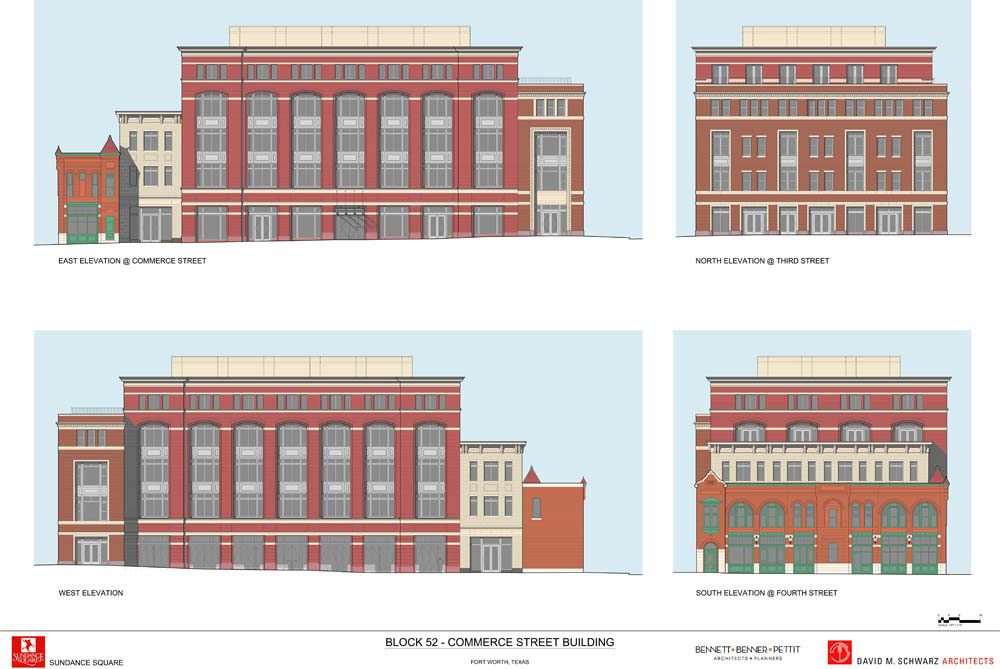

Murrye Bernard
Murrye is a freelance writer based in New York City. She holds a Bachelor's degree in Architecture from the University of Arkansas and is a LEED-accredited professional. Her work has been published in Architectural Record, Eco-Structure, and Architectural Lighting, among others. She also serves as a contributing editor for the American Institute of Architects' New York Chapter publication, eOculus.
Website: www.murrye.com
